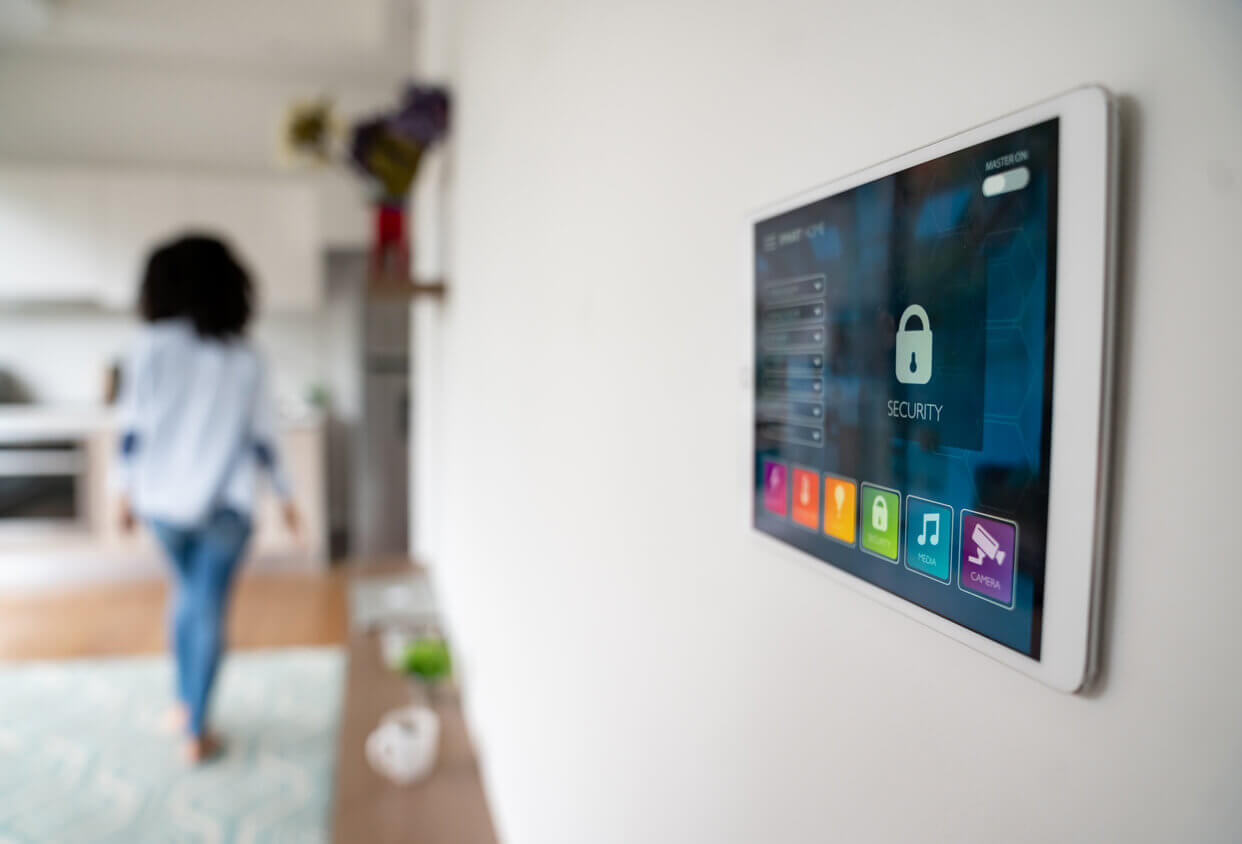A shift from centralization to decentralization in the paradigm
In the past, crypto transactions were managed by centralized finance. These act as middlemen and make decisions on behalf of cryptocurrency holders. At this time, the concept of decentralization gained prominence.
When a new Blockchain transaction occurs, it does not immediately become a Block to be added to a Blockchain. It requires verification at the outset. It transfers verification from a centralized network to a decentralized network. Who performs the verification? The government or the RBI? To reduce errors, a network has been engaged.
Decentralized systems have several advantages.
Even individuals have attempted to compromise centralized systems. This has been eliminated by the DeFi Web3 crypto wallet, a decentralized network that is highly secure and supports end-to-end encryption while processing transactions. Decentralization offers additional advantages to users, including:
- Distributed Authority to Remove the Potential for Bias and Errors
The greatest benefit of decentralized systems is that a single individual, organization, or government does not govern them. It is distributed as a network of digital nodes, eliminating the possibility of human error or bias.
- Provides Real-Time Insights
The miners and traders receive the real time, eliminating the possibility of data loss or error.
- Wise Allocation of Resources
Decentralization ensures that the Blockchain is distributed evenly across multiple nodes for optimal resource utilization.
- Speedier Transactions
Bank transactions are slower than blockchain transactions. This is because the process involves multiple intermediaries. In the landscape of Blockchain, these decentralized solutions have been introduced as crypto wallets.
Understanding the Ins and Outs of DeFi Web3 Crypto Wallets
Did you know that the global market for crypto wallets was valued at USD 6.97 billion in 2021 and is expected to expand at a CAGR of 24.4% between 2022 and 2030? This indicatesmanyber that investors are entering this market segment to generate profits. You can enter the market as a startup or an established business by developing Web3 crypto wallets with the assistance of experts in Defi development services.
Wallets for cryptocurrencies are computer and mobile device software applications. Accessing a Blockchain network requires an internet connection. The currency’s owners can then conduct transactions using wallets. You must enter the recipient’s address and the transaction amount and sign the document with your private key. In addition, you must send the other party’s currency and pay the transaction fee.
Obtaining currency is a simple procedure. The sender will enter your address and then follow your path. Once payment has been received, the transaction is deemed successful.
DeFi Web3 Crypto Wallet Types
There are a variety of Web3 Crypto wallets, each with its features. Describe the different kinds of cryptocurrency wallets:
- Web3 Crypto Wallets
Increased participation in various ecosystems is being attributed to demand for Web3. Web3 wallets, essentially digital wallets used to store fungible and non-fungible tokens, have been introduced as a replacement for Web3 solutions. Thanks to these applications, we can access and engage with dApps on various Blockchains. Professionals with strong domain knowledge and expertise created the Web3 crypto wallet. It is a technical product.
- Custodial Wallets
With custody wallets, a third party holds the key for you. The third party could be a business that provides enterprise-grade security solutions to preserve and protect business data. A cryptocurrency exchange is one example of such a custodial wallet.
- Non-Custodial Wallets
If you have a non-custodial wallet, you are in charge of keeping the keys safe. The majority of DeFi wallets are introduced to the market as non-custodial wallets.
Wallets have been divided further into:-
- Hot Wallet
A hot wallet cannot function without an internet connection. In other words, it is essentially a connected device.
- Cold Wallet
A cold wallet can be used without an internet connection.
- Software Wallets
Software wallets are exclusive to desktops and mobile devices. You can access cryptocurrencies, conduct transactions, and check your balance. Additionally, it includes an exclusive feature known as exchange integration, which cryptocurrency exchange specialists add.
Note: Access cryptos using private keys. Anyone who has access to the private keys can access your coins.
- Hardware Wallets
The general public has shown a lot of interest in hardware wallets. These solutions rely on private keys and are removable from the device. Before making a transaction on the wallet, all you have to do is plug it in. Examples of hardware wallets include Trezor and Ledger. These are classified as “cold wallets” because they don’t have an “active” connection until they are plugged in.
- Paper Wallets
In the past, users manually typed or hand-wrote the keys on paper wallets, also known as paper wallets. They are equipped with keys and QR codes so mobile wallets can scan them. Unfortunately, paper wallets are frequently damaged or lost, so wallet owners do not utilize them.
Security: A Prominent Crypto Wallet Concern
Did you know that in 2022, over $1.7 billion in funds will be stolen from crypto wallets?
Along with growing popularity, traders and investors are increasingly worried about the security of the DeFi Web3 crypto wallet. This results from spammers and hackers using illegal methods to access these coins. However, you can use the following strategies to increase the wallets’ security:
- Use Highly Secure Web3 Wallets
No one desires to construct a financial portfolio that a hacker has destroyed. These wallets have been designed to safeguard user assets. Wallets on DeFi Web3 are equipped with enterprise-grade security features to ensure that funds remain secure.
- Avoid Using Public WiFi
Make sure the connection is secure whenever you use the internet to access the wallet. Consider utilizing a VPN that can obfuscate your IP address and stop DNS leaks. With this, you can access region-locked content while remaining anonymous.
- Maintain Distance
If you have multiple crypto assets, you should avoid keeping them in a single basket, as doing so exposes the investment to risk.
These wallets are not insured against loss or theft by the government or any other entity. Since it is the users’ responsibility to safeguard their data, law enforcement agencies cannot retrieve the stolen currency. Alternatively, you could modify the permissions while accessing the cryptocurrency wallets.
4 Crypto Wallet Changes that will Increase Web3 Adoption
- Consolidation with Interoperability
Most Web3 DeFi wallets were created on different Blockchains and cannot communicate with one another, making it impossible to transfer digital assets on the platform. These wallets can speak with one another thanks to interoperability, making these systems more practical.
- Simplifying the Onboarding Process
The majority of wallets need interfaces designed to improve the user experience. As few users have the time to watch the videos and read the lengthy articles uploaded to the platform, Web3 wallet development experts are creating straightforward onboarding procedures to mitigate these issues.
- Contactless NFC(Near Field Communication)
A wireless communication technology called near-field technology was developed in the 1990s. It supports peer-to-peer file sharing and tap-and-pay payment methods. With NFC, transactions would be completed instantly without needing a third party or additional fees.
- Simple User Interface and User Experience
Cryptocurrency wallets are cumbersome and sluggish, with low adoption and retention. It requires users to remember at least 24 words to access wallets and trade assets with other users. A future crypto wallet must have an intuitive and visually appealing user interface. The app must be as straightforward to use as social media platforms.
A Promising Future Offered by Web3
The decentralization of Web3 will give it an advantage over Web2 tech behemoths like Twitter, Google, Facebook, and others. Web3 solutions will focus on improving the user experience by streamlining the onboarding procedure and integrating straightforward yet beautiful designs. They will also provide real-time data.
Step-By-Step Web3 Crypto Wallet Development Process
Let’s take a look at the steps that will assist you in developing a Web3 crypto wallet:
- Market Research with Technical Analysis
It is essential to conduct a market analysis and comprehend business requirements before entering the development phase. You must have a thorough understanding of the technical facets of development. The developers will better understand the project’s goals and how they can contribute as Web3 cryptocurrency wallet developers during this.
- Designing The Architecture of the Business
Once you understand the project requirements, it is time to begin wallet app architecture while simultaneously coordinating with the clients. During this stage, the front and back ends of the wallet are developed, and data storage and retrieval facilities and transaction details are added. Architecture serves as a blueprint for all phases of development.
- UI/UX Design
Currently, we are in the front-end development phase, and stunning UI/UX design will be incorporated. Different wallet components are constructed during this phase, and decisions regarding how they will function or interact with users are made. A low-fidelity prototype is created during this process to give the client a conceptual idea. The final appearance of the wallet would be a high-fidelity design as well.
- Smart Contract Integration
This step is optional because not all organizations integrate smart contracts into their applications. This contributes to the functionality of crypto wallets and simplifies account recovery, speeds up the transaction process, and increases transaction limits. Ensure that the smart contract is audited and tested early after its development.
- Back-End Development
Make sure cryptocurrency wallet developers’ skills and experience are considered before beginning back-end development. It involves writing code, and Smart Contracts are carried out throughout. Developers can use the Coinbase SDK, and the cryptocurrency wallet establishes a connection.
- Testing
The wallet would be evaluated on multiple fronts. First, errors or bugs must be eliminated to reduce market time. Once thoroughly tested, it is ready for deployment and can be utilized by the intended audience.
- Deployment
It’s time to make the platform accessible to users after completing the steps above. Make sure the platform’s specific rules are followed while doing this.
Commence Your Web3 Wallet Development
As a Web3 crypto wallet development company, we have a team of adept Blockchain analysts and programmers who will deliver enterprise-grade solutions. Before recommending solutions for Web3 crypto wallets, our specialists will thoroughly analyze your business’s needs and market research.





